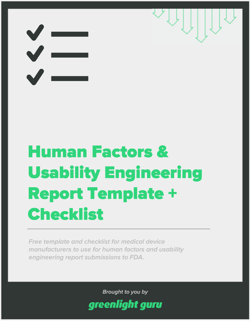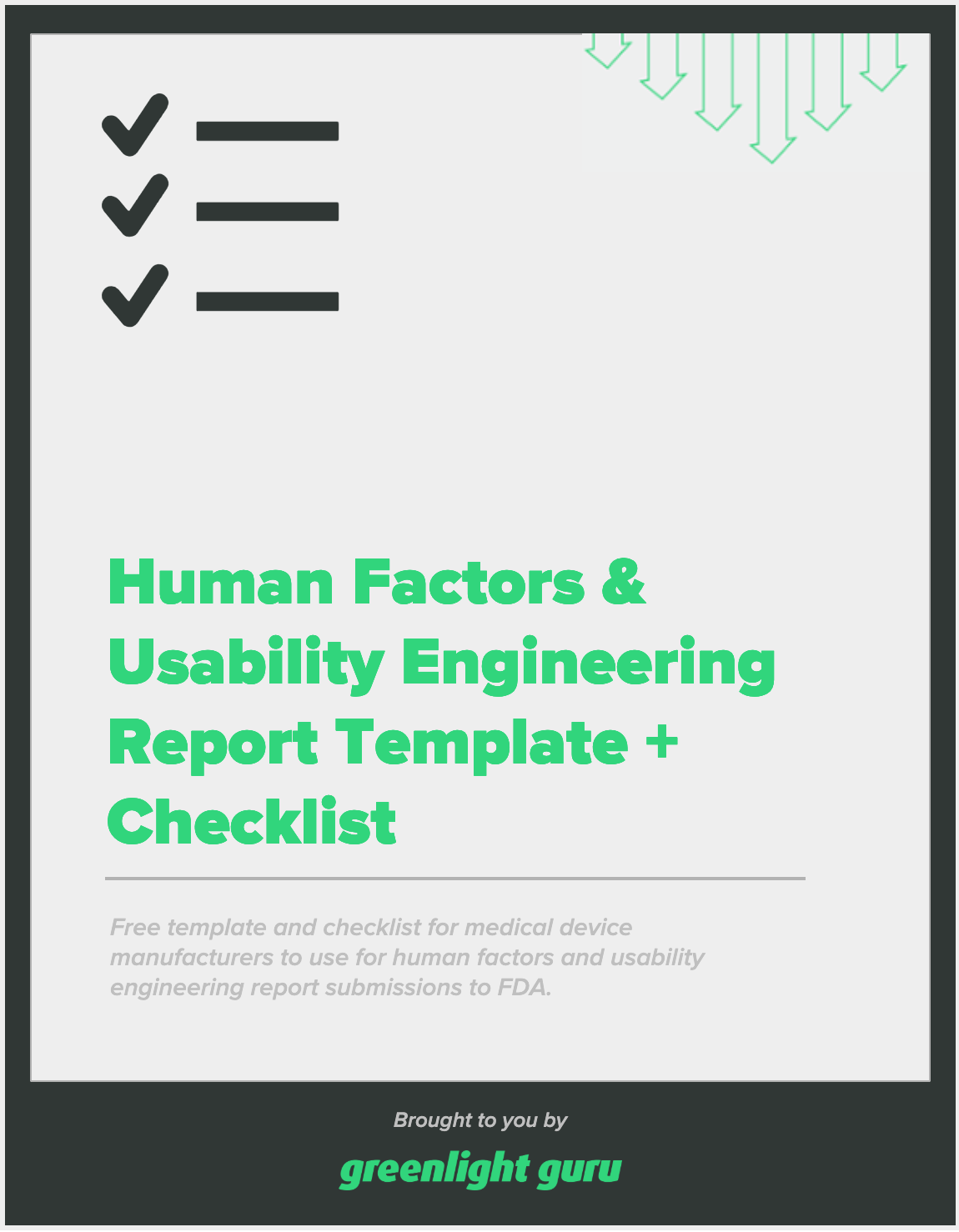Definition
Human Factors and Usability is the aspect of medical device research and development that focuses on users by measuring and analyzing the interactions between people and medical devices.
Medical device companies engage in human factors and usability engineering to understand and mitigate potential sources of device risk while building safer and more effective medical devices for end users. Human factors engineers work to understand how the intended users of a device will engage with the device, in order to design a user-device interface that promotes correct, error-free use of the device without endangering the user.
Engineers understand the user-device system by analyzing the ways in which device users:
- Perceive information from the device, its labeling and packaging, instructions and other sources
- Cognitively interpret that information and make decisions about how they will operate the device
- Engage with the device by manipulating its components or controls (change settings, alter a component, etc.) to achieve a desired outcome and the ways in which devices:
- Receive input from users
- Process that input
- Produce a response that gives the user information about the effectiveness of their actions
The device-user interface is not limited to just the device and the user - it includes all of the components that the user interacts with while preparing the device for use to encompass all functions and requirements of the device (changing batteries, cleaning it, replacing a part, etc.)
Why is Human Factors and Usability Research Important?
Human factors and usability play an important role in establishing the safety and efficacy of a medical device. It is estimated that up to 50% of medical device failures are tied to design issues that lead to user error, and data from the FDA shows that 36% of medical device product recalls are initiated due to problems with medical device design.
As medical devices increasingly rely on technology, software design failures have become the leading cause of medical device recalls. Medical device companies that do not adequately ensure the quality of the software in their devices create added risk of software anomalies that can have costly mistakes.
The main purpose of human factors research is to ensure that the design of the medical device, along with its labeling, instructions and packaging, promote safe and effective use on the part of the end user. Human factors research allows product design engineers to incorporate ergonomic design into their essential requirements.
What are the main considerations of Human Factors and Usability Research?
The goal of human factors research is to understand the interactions between medical devices and their users in the context of a specific use environment. Engineers and human factors researchers must analyze interactions between the device and the end user in the intended use environment in order to create realistic models of risk. The sophistication of the end user should also be considered - will the device be used by the patient, a nurse, a physician, or a home health-care worker?
What is the Process for Human Factors and Usability Research?
- Researchers should define the intended use of the device, the users and the environment where the device will be used.
- Researchers should define hazards related to use of the device.
- Researchers should estimate and prioritize the risk of different types of observed or expected user errors.
- Risk controls should be implemented to reduce the most significant sources of risk.
- Researchers should perform human factors validation to verify that the device was made safer by the newly implemented risk controls. It should be determined whether the new level of risk is acceptable and whether new risks were introduced.
- The human factors and usability research should be fully documented.
Medical device companies are responsible for maintaining their design control and risk management files as part of a quality management system. The human factors and usability research process will generate documentation that describes how users interact with the device and validates that the device presents an acceptable level of risk with respect to its device risk classification.
Greenlight Guru's medical device QMS software offers a purpose-built solution for medical device companies seeking to establish and maintain human factors documentation and comply with the FDA QSR for medical devices.
Related Links
- QMS Software
- CAPA Management Software
- ISO 13485 STANDARDS
- ISO 13485 Audit Checklist
- Risk Management Software
- Audit Management Software
- 14971 Risk Management For Medical Devices
- ISO 14971 Risk Management
Looking for an all-in-one QMS solution to advance the success of your in-market devices and integrates your quality processes with product development efforts? Click here to take a quick tour of Greenlight Guru's Medical Device QMS software →
Related Resources
How Human Factors Impact Your Medical Device
What Medical Device Developers Should Know About Human Factors
Beginner's Guide to Design Verification & Design Validation for Medical Devices
Get your free PDF
Human Factors & Usability Engineering Report Template + Checklist











